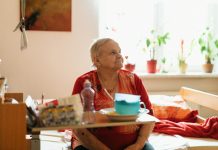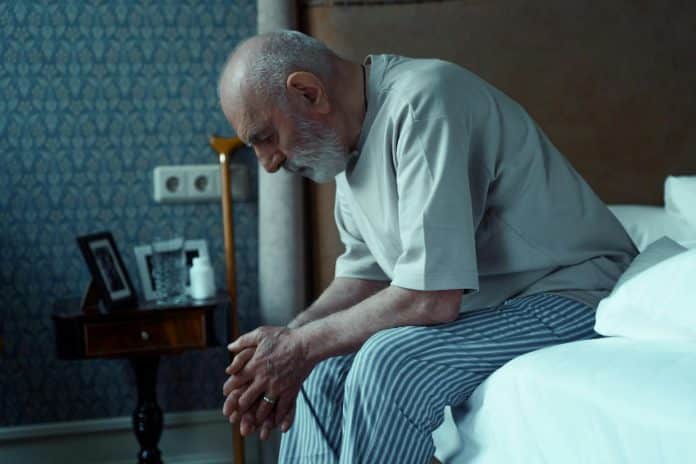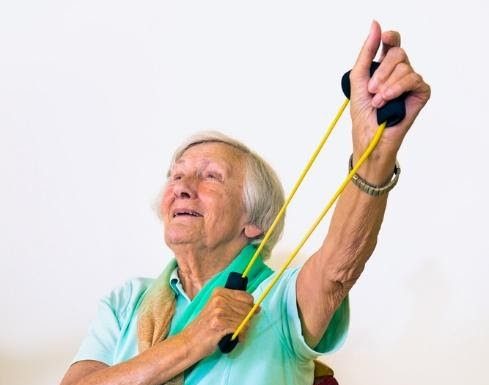Aging alone might appear as simply a phase of independence after years of work and family responsibilities. Yet for millions of elderly individuals, this solitude creates serious health risks that often go unnoticed and unaddressed in our healthcare systems and social policies.
Beyond Simple Loneliness
Social isolation differs from loneliness in critical ways. While loneliness describes an emotional state, isolation represents a measurable absence of human contact. The distinction matters because isolation creates physical consequences regardless of whether someone feels lonely. Many isolated seniors report not feeling particularly lonely – they’ve adapted to solitude – while their health steadily declines from lack of interaction.
CDC research shows isolation increases mortality risk comparable to smoking, obesity, or physical inactivity. The numbers are startling: socially isolated older adults face a 50% increased risk of dementia, 29% increased risk of heart disease, and 32% increased risk of stroke. Despite these statistics, isolation remains frequently dismissed as merely a social concern rather than a medical emergency.
Daily Dangers Without Witnesses
Without others nearby, routine incidents can quickly escalate. A forgotten medication, missed meal, or bathroom fall becomes dangerous when no one notices. Even minor health issues like urinary tract infections can cause confusion in older adults – confusion that might lead to serious harm without someone recognizing early warning signs.
Medical professionals see these cases regularly: an elderly person found disoriented or injured after days alone, a condition that could have been easily treated had someone noticed symptoms earlier. The delay between incident and discovery often determines whether recovery remains possible.
Gradual Disconnection
Isolation typically develops slowly. The death of a spouse, reduced mobility, or chronic illness often begins the process. Social activities gradually diminish. Religious service attendance stops. Shopping becomes irregular. Phone calls decrease. Eventually, previously engaged individuals find themselves completely isolated, often unaware of how disconnected they’ve become.
This withdrawal affects physical health directly. Isolated seniors frequently experience malnutrition, medication errors, and delayed medical care. Three-quarters of isolated seniors skip meals regularly. Nearly 40% report postponing doctor visits because transportation proves difficult. Many go extended periods without meaningful interaction, leaving potential health issues undetected until emergency intervention becomes necessary.
Brain Health Implications
Regular social contact provides cognitive benefits that science has only recently begun to understand fully. Conversations, physical touch, and shared laughter – all contribute to brain health and purpose. Without these interactions, cognitive decline often accelerates, creating a downward spiral where increasing mental confusion leads to further withdrawal.
Research identifies social isolation as a modifiable dementia risk factor, suggesting this situation can be improved through intervention. Studies demonstrate that seniors with regular social engagement maintain cognitive function longer and show greater resilience against Alzheimer’s disease and related disorders. The brain appears to require social stimulation much as muscles require physical exercise.
This connection between isolation and cognitive health explains why quality memory care communities place such emphasis on social programming and daily interaction. These specialized environments recognize that connection isn’t merely a comfort but a therapeutic necessity for brain health maintenance.
The Physical Toll
The body itself suffers from isolation. Blood pressure rises. Inflammation increases. Sleep quality decreases. Immune function weakens. These changes occur gradually but significantly, creating vulnerability to both acute and chronic conditions. Social isolation increases the risk of cardiovascular problems, autoimmune disorders, and even cancer progression.
Perhaps most concerning, isolated seniors delay healthcare until situations become critical. Minor infections become sepsis. Early heart attack symptoms go unreported until damage proves irreversible. Treatable conditions transform into terminal diagnoses simply because no one was present to notice changes or encourage medical attention.
Technology’s Limited Role
While digital communication offers some connection, it cannot replace physical presence. Many seniors struggle with consistent technology use, and virtual interaction often feels inadequate. Video calls help temporarily but cannot substitute for in-person visits, shared meals, or nearby support.
Technology solutions face additional barriers: cognitive impairment may make interfaces confusing; arthritic hands struggle with small buttons; visual limitations complicate screen use. Even when mastered, digital communication lacks critical elements of human connection that seem to provide the most health benefits – shared physical space, touch, and unplanned interactions.
Economic Implications
Beyond individual suffering, isolation creates enormous economic costs. Healthcare expenditures for socially isolated seniors run $6.7 billion higher annually than for their connected counterparts. Emergency department visits increase by 40% among isolated elderly individuals. Hospital readmissions occur more frequently. These statistics represent both preventable human suffering and unnecessary medical spending.
The financial burden extends beyond healthcare. Social isolation contributes to earlier moves to assisted living, memory care communities, or nursing facilities – transitions that could often be postponed through modest community support. The resulting institutional costs far exceed prevention expenses, creating economic inefficiency alongside human hardship.
Creating Solutions
Effective interventions need not be complex or costly. Regular check-ins, community programs, transportation assistance, and medical alert systems all provide significant protection. Consistency matters most in preventive approaches.
Everyone has potential roles – family members making daily calls, neighbors offering rides, communities creating gathering spaces, and healthcare systems implementing isolation screening. Small actions create vital safety nets when distributed across social networks.
Some communities have developed innovative models: volunteer phone banks making regular wellness calls, postal carriers trained to notice concerning changes, faith communities organizing transportation networks, and medical practices implementing loneliness screening questions. Memory care communities offer specialized environments where connection remains prioritized despite cognitive challenges. These approaches demonstrate how modest investments prevent expensive crises.
The Need for Change
Aging alone shouldn’t automatically mean living at risk. This issue transcends questions of independence; it addresses fundamental human needs for connection and support. Addressing isolation requires a cultural shift away from viewing autonomy as the highest value toward recognizing interdependence as essential across the lifespan.
Medical systems must integrate isolation assessment into routine care. Social service agencies should prioritize connection as fundamental rather than supplemental. Communities need physical design supporting interaction among residents of all ages. Families require support maintaining connections despite geographic distance.
Moving Forward
The dangers of isolation are measurable and preventable. Solutions range from volunteer programs to memory care communities that prioritize social connection. Society must transform this knowledge into action, ensuring no elder faces health risks alone. The cost of inaction is too high—measured in preventable suffering and premature deaths.























